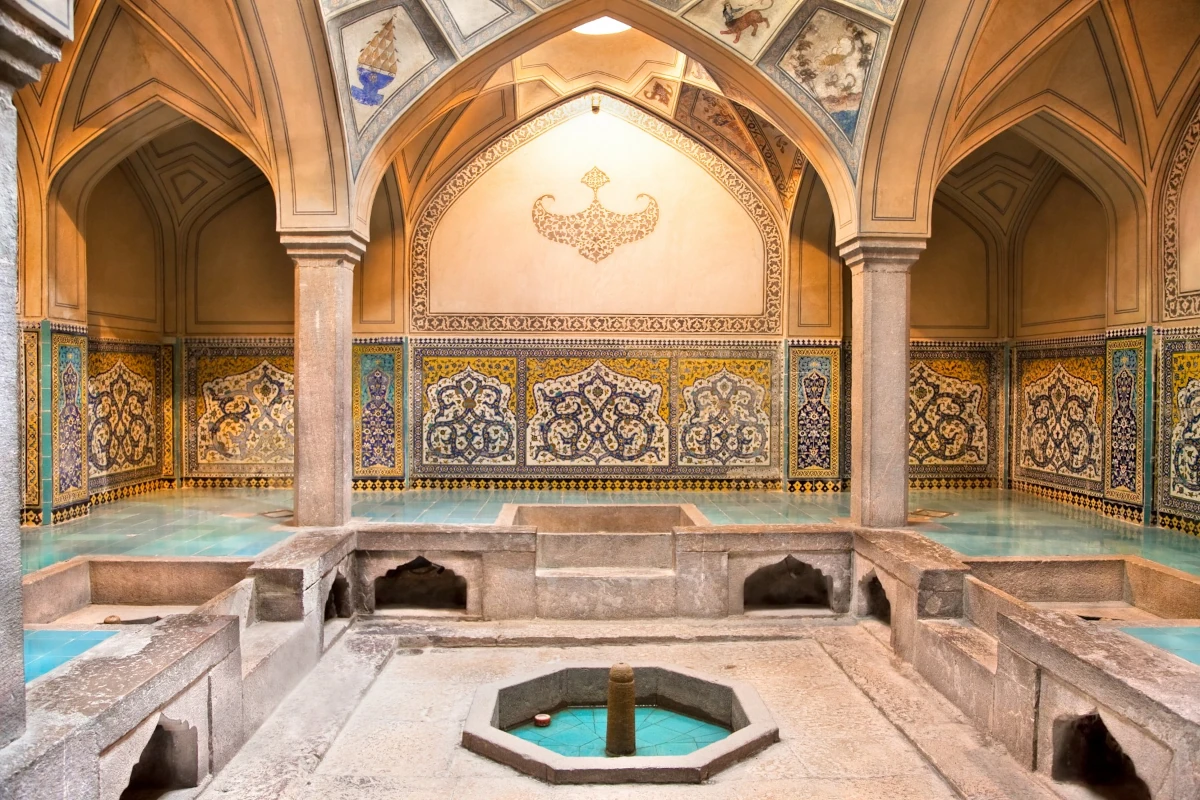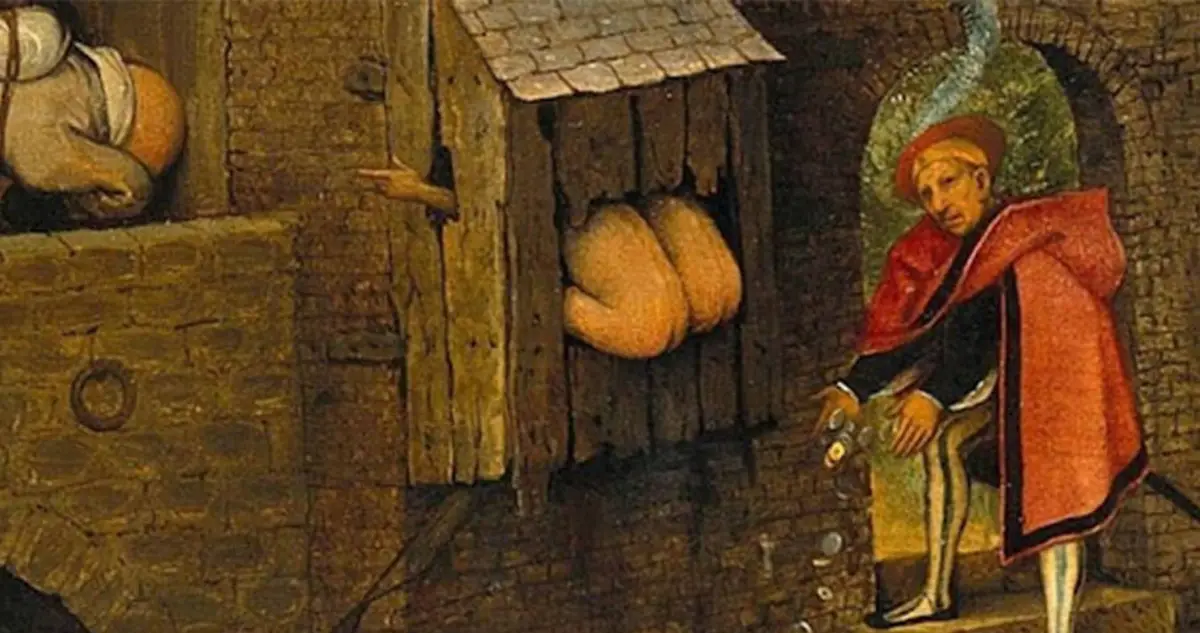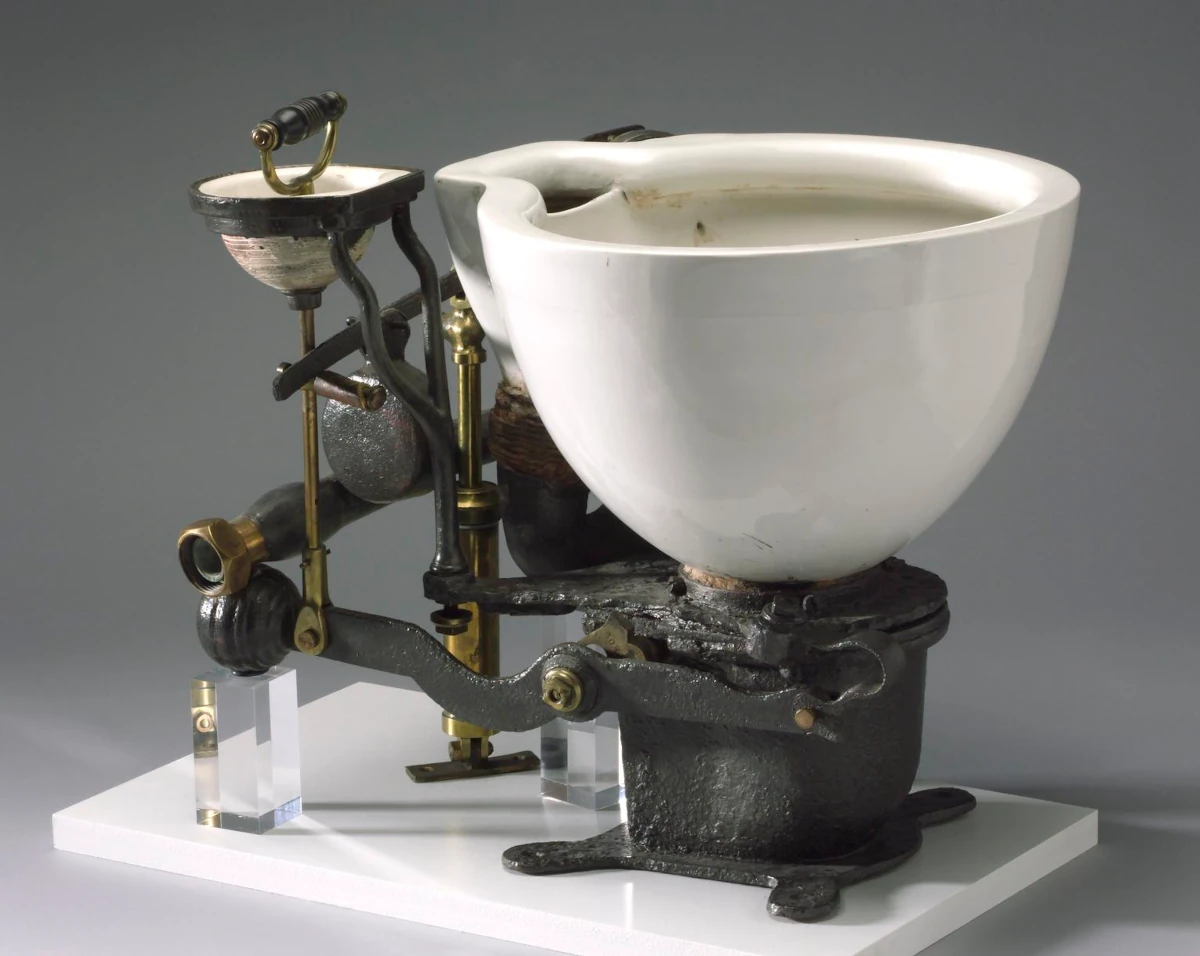A brief history of toilets
The toilet is a very important invention in the history of mankind. Despite the fact that today it is a product we use daily and treat as something obvious, the toilet has been the subject of many studies, experiments, and technological struggles for hundreds of years. Today, when using the toilet is the norm, it is worth reminding ourselves how it came to be invented.

Toilets in ancient civilizations: Egypt, Rome, and Mesopotamia
Ancient Egypt was famous for its advanced technology and architecture. Despite this, its inhabitants defecated in simple pits in the ground or in the Nile River. However, toilets were discovered that were used by pharaohs and their courtiers. These were high seats with a hole, over which there was a roof, and a clay vessel was placed on the ground to collect waste. These toilets were only available in palaces and for exceptionally wealthy people.
The Ancient Romans used public baths, which were very popular at the time. Public toilets called "latrines" were open to all and consisted of benches with holes, above which a waterfall or stream of water was placed to flush. At this time, bathrooms were used not only for bathing but also for defecating. In Rome, rich people had private bathrooms in their homes, some of which were equipped with water pipes and a flushing system.
In ancient Mesopotamia, toilets were usually made of clay and were not as advanced as in other civilizations. Simple holes in the ground or wooden seats placed over a hole in the floor were used. In Mesopotamia, bathrooms were primarily used for bathing, not for defecating.

Medieval toilets - sources of germs and diseases
In the Middle Ages, most homes did not have separate toilets. People used simple, wooden seats placed in a corner of the room or above a hole in the ground. These simple seats were often used by the whole family, meaning a lack of privacy and hygiene. The absence of sewage systems and septic tanks meant that waste was usually thrown directly onto streets or rivers, causing the spread of diseases and epidemics.
In public places, such as castles, churches, and monasteries, using the toilet was equally unpleasant. In castles, toilets were usually located in small rooms on high floors, where waste fell directly onto the ground or onto the castle walls. In churches and monasteries, toilets were located in small buildings outside, where waste was deposited in surrounding ditches or canals.
In the Middle Ages, however, there were also more advanced toilet models, called "garderobes". These were separate rooms, located on the ground or upper floor, equipped with a special seat or bench, which allowed for separation from the rest of the room and privacy. Garderobes also used special tanks or holes that allowed for safe waste disposal.
In the Middle Ages, toilets were problematic and inconvenient. The lack of sewage and an adequate waste disposal system meant that using toilets was dangerous for health and the environment.

The invention of the modern toilet
The inventor considered the creator of the first modern toilet was the English plumber Alexander Cummings. In 1775, he patented his invention, which used water to flush the toilet. Cummings invented a new system in which water is released into the bowl and flushes its contents.
The new toilet patented by Cummings was much more effective and hygienic than previous models. Previously, various substances such as sand, ash, or leaves were used to flush the toilet, resulting in a lack of hygiene and an unpleasant smell. Thanks to the new water flushing system, the toilet became much more hygienic and comfortable.
Since Cummings invented the first toilet, the technology of their production and design has significantly improved. In the 1890s, American inventor Thomas Crapper invented a new toilet flushing system, which used a siphon system. Thanks to this, the toilet became even more efficient and hygienic.
In the 20th century, the toilet became much more accessible and popular. In the 1950s and 1960s, new technologies emerged that contributed to improved flushing efficiency and reduced water consumption.

Summary
The introduction of new technologies and solutions has allowed toilets to be used in a safe and convenient way, but it also meant that over the centuries our perception and use of toilets have undergone radical change. Toilets have become an element of everyday life, which is essential for maintaining hygiene and health.
Today, toilets are available in many different models and variants, from traditional tank toilets to tankless toilets, which are more eco-friendly and water-saving. Some of them are equipped with features such as seat heating, self-cleaning systems or even automatic washing, to provide even greater comfort to users.
It is important to remember that using toilets is our basic right and necessity, and taking care of cleanliness and hygiene around them is our duty. Today's toilets provide convenience, safety, and hygiene, allowing us to use them in a safe and comfortable way.
Check out our bathroom equipment offer!
Author: Marcel Apola





